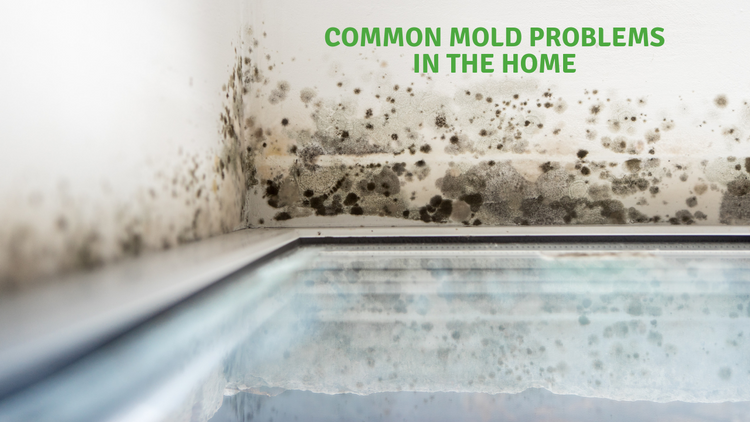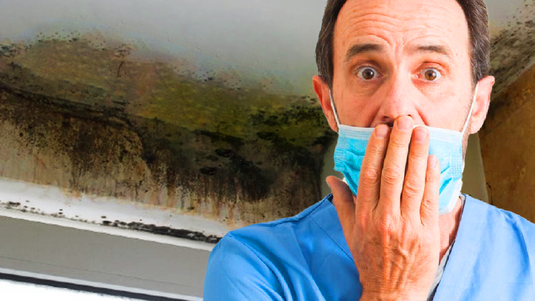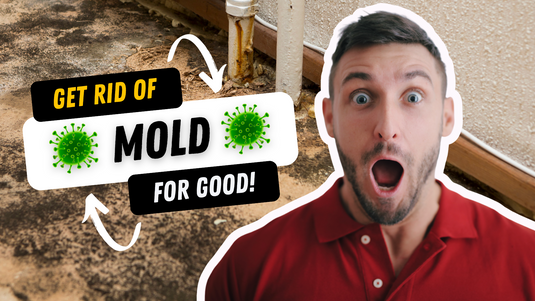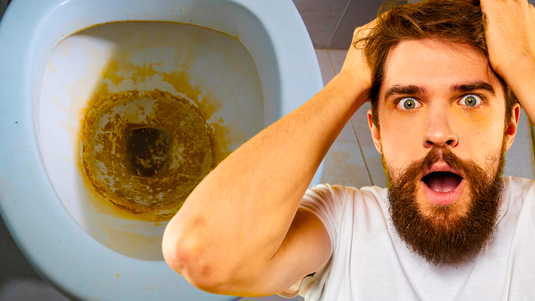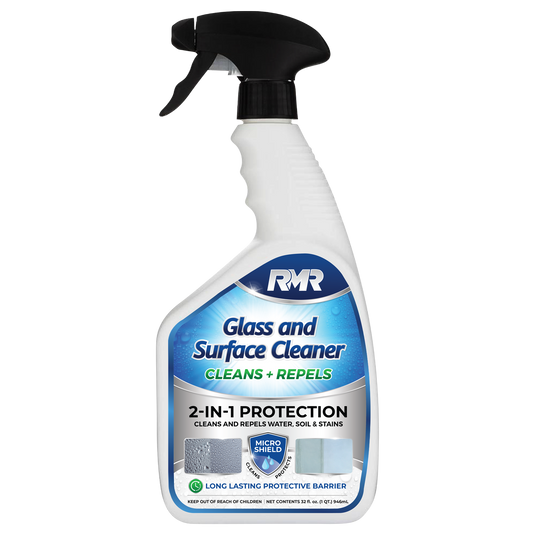You've probably heard horror stories about mold growing in homes and making the people who live there sick. The truth is, mold is everywhere and it's nearly impossible to avoid coming into contact with it, but not all molds are toxic. Molds are a type of fungus that grows both inside and outside, and can be a common, unsightly, and sometimes harmful problem for homeowners. Anywhere that is warm, damp, or humid is an ideal place for mold to grow, and there are plenty of places like that in the average home (think basements, attics, bathrooms, etc.). There are countless species of mold, but all reproduce by creating spores and spreading them as far as possible. Mold can be harmful to human health, so read on to learn more about different types of mold in your home, how they affect your health and what you can do.
Mold in Your Home
Common indoor molds include species like Cladosporium, Penicillium, Alternaria, and Aspergillus. These can be found where humidity levels are particularly high, like showers or basements. Because mold spores travel so easily, you're likely to bring mold spores into your home from outside. When you're visiting places like farms, greenhouses, gardens, or parks (or even other homes or buildings that have mold), the spores can stick to you and get carried from place to place without you even knowing.
Mold can be notoriously difficult and expensive to get rid of, and people often turn to harsh chemical solutions to clean their houses. If you find mold growing in your home, it can cause some health conditions that may concern you. Usually, any type of mold can cause health conditions, so it's not necessary to know specifically what type of mold is growing.
How Can Mold Affect Me?
Some people, like those with allergies or asthma can be especially sensitive to mold in the home. For these people, being exposed to mold can cause runny or stuffy nose, itchy or watery eyes, coughing, wheezing, or itchy skin. Occasionally, more severe or intense reactions can occur, especially if a person is exposed to large amounts of mold. These can include fever, shortness of breath, or hives.
If you know that you're sensitive to mold, it's important to learn how to control it within your home. You can slow the growth of mold by controlling the humidity levels in your home using a dehumidifier or air conditioner. Humidity levels should never be above 50% within your home. Keep in mind that these levels can change drastically over the course of a day. Moisture in the air outside affects the air inside your home, so check the humidity levels inside often. Months when the temperature is warmer outside tend to be more humid, so be especially vigilant during spring and summer. Also remember to keep damp areas like showers and kitchens well ventilated with exhaust fans.
In addition, certain types of paints include substances that can inhibit mold growth, so if you're repainting your home, research these types of paint. When cleaning, use products that kill mold and prevent mold growth. If you do spot mold growth in your home, it's necessary to clean it up, and find out what is causing it, so you can remedy the mold without worrying that it will grow back.
What to do About Mold
If you see spots of mold growing in your home, don't panic right away. Sometimes, mold isn't as serious of a problem as you might think. If there is only a small area of your home that is affected by mold (i.e. a bathroom wall or ceiling), you may be able to take care of it by yourself. While bleach mixed with water is often recommended to kill the mold on contact, bleach is a very harsh and dangerous chemical, and it's probably a good idea to look into other fungicidal options first. In addition, killing mold leaves behind unsightly stains, which can be removed with mold stain remover products like RMR-86 Mold Stain Remover.
Often times, however, it can be necessary to call in the pros. If the mold you're seeing covers a large surface, or you suspect it's growing in your walls, it might be too big of a job to take on. However, these repairs can be costly and invasive. To protect you and your family from mold, the best step you can take it to try your best to prevent it from growing in the first place.
Much of mold prevention comes down to staying vigilant, and preventing moisture from building up and creating an ideal environment for mold to grow. Look for products like RMR-141 RTU Mold Killer which not only kills mold, but prevents it from growing back in the future. In addition, caulk around pipes, fix any leaks immediately, and take measures to prevent water from getting inside your home. Preventing dampness in the first place can do wonders in preventing mold growth. If get rid of mold, but don't do anything to improve the moisture or dampness, you're simply inviting the mold right back into your home.
Conclusion
Mold in your home can be both unsightly and unhealthy, so it's important to find and treat the sources of the mold before the problem grows even bigger. Start by finding where the mold is growing in your home, and what is creating the moisture needed to help it thrive. Fix leaks, and add a dehumidifier to damp areas to control humidity. Treat mold areas with a powerful fungicide, and try to choose one that will help to prevent mold from growing back in the future.
Though mold sounds like a scary problem for homeowners, if you keep your eyes open and catch it early, it can be remedied with a few simple steps. If your mold problem is huge, though, or if it's having a serious impact on your health, it's best to call in the pros. Either way, know the signs of mold in your home, and take steps to prevent it if you can

